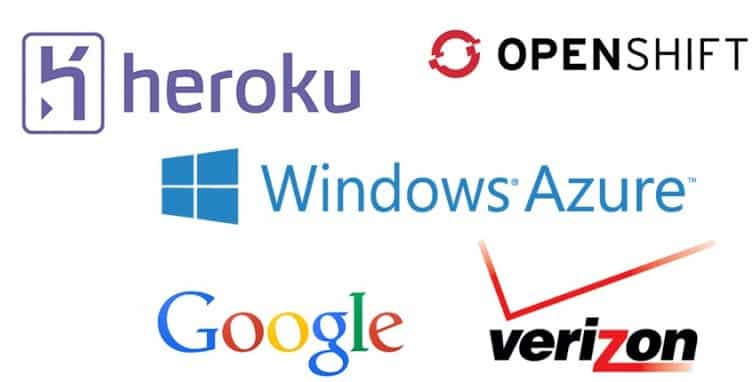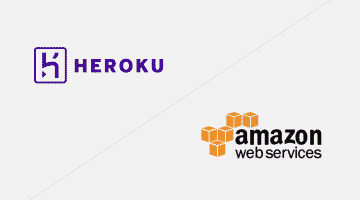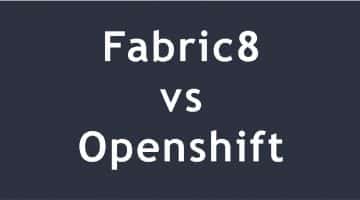Introduction
The Platform as a Service (PaaS) is a cloud model designed for software developers that speed up the development process by transferring specific aspects of system management to the service provider. PaaS is used to develop the web and mobile applications using preconfigured components managed by the service provider, including programming languages, application servers, and databases. Get more knowledge on it from post freelance projects.
When evaluating and choosing a PaaS provider, you should consider programming languages server-side and provider-side, as well as data storage options. Support for integration and application development tools is also very important because you need to consider how your PaaS application will integrate with other applications. Finally, consider the operating costs of your applications in a PaaS and rate that the pricing model of the supplier chosen. freelance designer can also offer you help if you don’t know what to do.
Heroku
Heroku has been a leading provider of platform-as-a-service (PaaS) and continues to be almost synonymous with PaaS. Heroku’s platform provides abstract computing environments called dynos, which are virtual process containers running on a single Unix environment. Dynos are typically typed as web dynos or worker dynos; The first responds to HTTP requests and responds to requests in a queue.
Heroku started out as a platform for Ruby developers but has since expanded its linguistic support to include Python, Java, Scala and Clyde Node.js. While Heroku offers linguistic options for programming frameworks and applications, it works best for applications that integrate well with the App Factor Sweet methodology. This methodology originated from the Heroku design experiments, so it is, in a way, a set of best practices for the development of Heroku applications. At the same time, the principles are broad enough to be applicable to the types of distributed systems underlying many web applications in general.
To help you decide Heroku PaaS is the platform for you, let’s examine how applications are structured, supported the development of processes and tools, and the cost of Heroku services.
The Main Features:
One of the first passages of vendors, Heroku is ideal for quick deployments and slides for a wide range of distributed applications.
- Limitations: The estimated costs and costs vary can be difficult as the number of additional modules and increases the load varies between the application components.
- Price: Depending on the number and size of dynos implanted ($ 0.05 / minute – $ 0.10 / minute), the size of the database and Postgres on used. You can hire freelance designer from post freelance projects to help you get it at a very cheap price.
- Bonus: Initial databases with up to 10,000 lines are free.
Red Hat OpenShift
Red Hat may be better known for its Linux activities, but do not let the move to cloud computing unanswered. As a software company with a business model based on supporting open source software in the enterprise, it is not surprising that its platform as a service offering relies on open source applications. It is also not surprising that the Red Hat OpenShift offers a variety of languages, databases and development components. After a long period of beta, the Red Hat OpenShift opened to the public in June 2013 with a wide range of development options.
OpenShift is available in three forms:
- OpenShift Online – a cloud hosting service for application developers
- OpenShift Enterprise – A PaaS platform designed to work in an organization’s data center
- OpenShift Origin – the underlying hosting platform for open source applications OpenShift and OpenShift Enterprise.
The objective of this article is OpenShift online.
OpenShift, like other PaaS platforms, is designed for developers. Many typical systems management tasks are automated so that developers can spend more time on code and less time configuring operating systems and installing libraries and packages. The most important automated administration tasks are the provisioning, configuration, and design of virtual servers.
Developers working on applications and components. In OpenShift, the application is a combination of code, application settings and components called cartridges. Cartridges are high-level services, such as web servers, databases, as well as recording and monitoring tools. The cartridges are logically isolated from one another (using a combination of Linux and Enhanced Linux resource namespace security (SELinux)) so that multiple cartridges can run on the same server. OpenShift uses the terms “speed” and “us” to designate abstract structures that isolate components. In the OpenShift language, we maintain gears that contain one or more cartridges. A broker manages the processes of managing and provisioning applications and communications with us via a message bus.
Main Features:
A large number of options cover component of the stack of service applications from end to end in the background. Developers can interact with OpenShift through a Web console, command line, or via an integrated development environment.
- Limitations: It works well with Git, but non-git deployments may require additional steps.
- Price: OpenShift The online price is based on the number and types of components (called gears) that you deploy. Prices range from $ 0.02 / hour to $ 0.10 / hour depending on the size of 512MB (small), 1GB (average) or 2GB (large). The money support plan is $ 20 / month plus user fees.
- Bonus: A limited number of resources are available as a trial; 3 small arts and 1 GB of storage hardware are free.
Conclusion
Almost as crucial as the resources and quality of customer service are price packages offered by OpenShift and Heroku Enterprise. Even though cost should not be the only factor is definitely an important thing to consider. You should try to find a flexible pricing plan that can be adjusted to the size of your business and easily increased when your business grows. Be sure not to choose price plans that include additional features that you will not use and always make an effort to contact the supplier directly because companies can often rely on discounts. You should also give a chance for a free trial or demo software each to spend at least some time using it. It is a valuable experience that does not require you to invest money and gives you a reliable view of how you feel about working with OpenShift and Heroku Enterprise.



